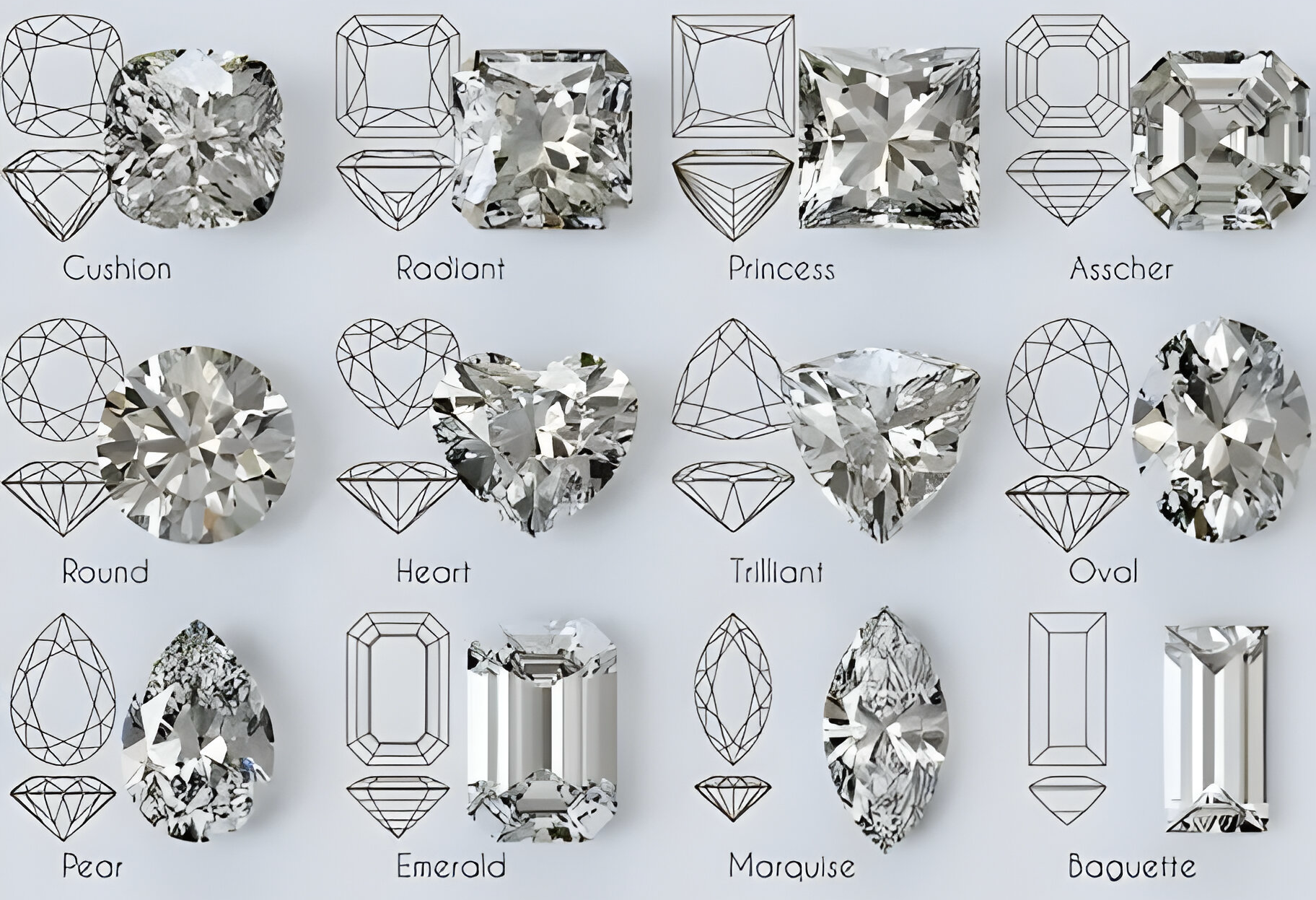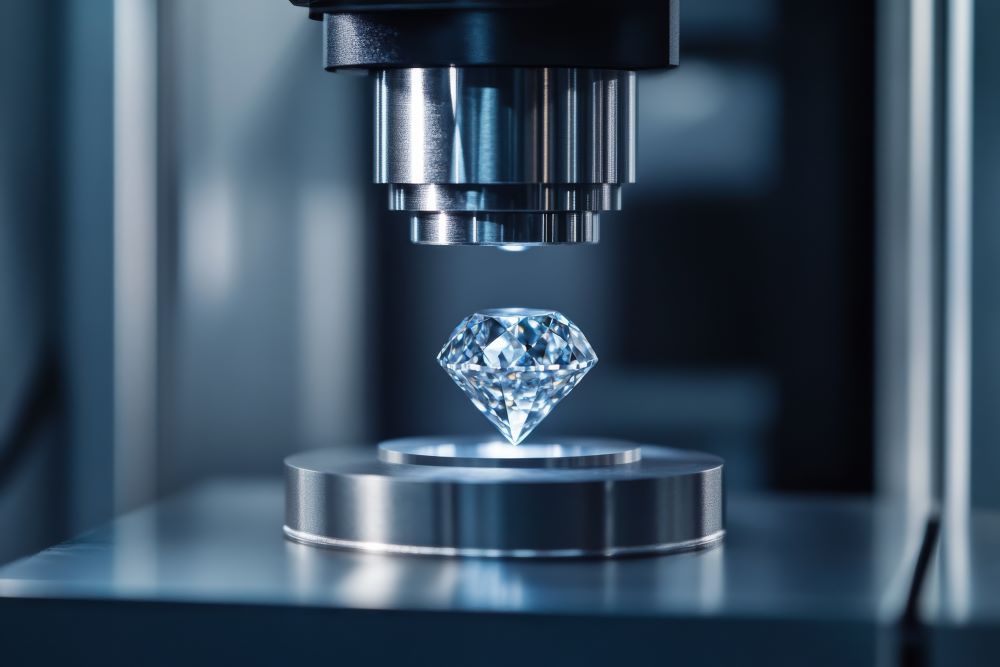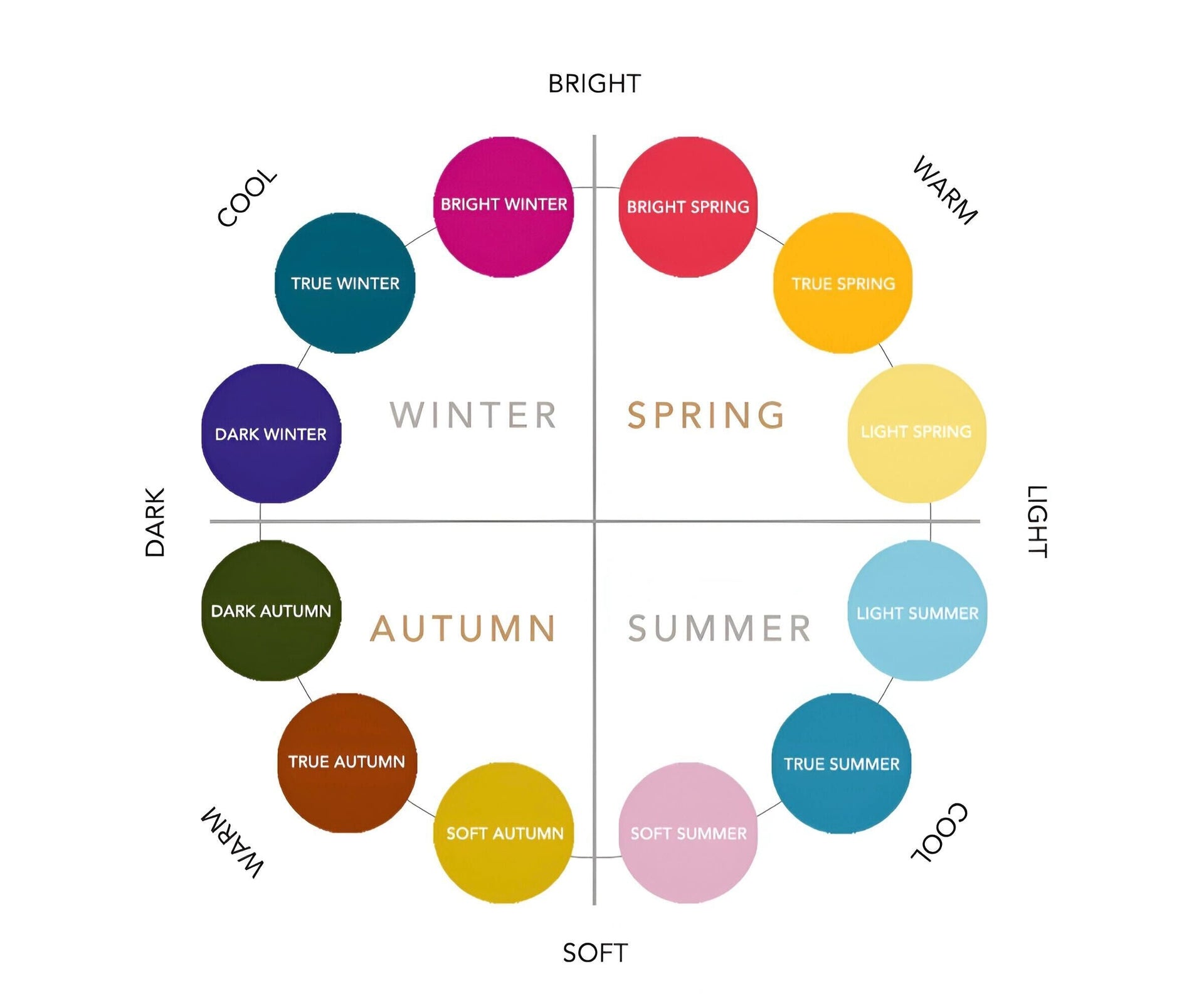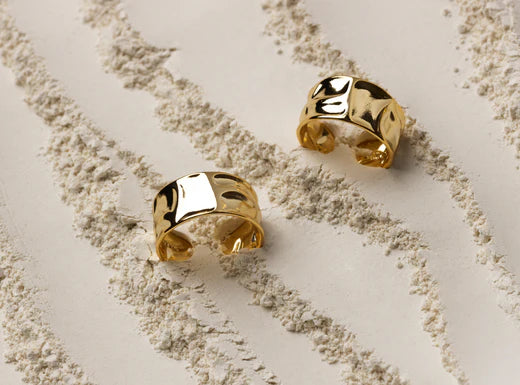Gemstone cutting is an ancient art that has evolved significantly over the centuries. The way a gemstone is cut can dramatically affect its beauty, brilliance, and value. Let's explore some of the most popular gemstone cuts and shapes, along with their history and characteristics.
Historical Cuts
Cabochon Cut
The cabochon is one of the oldest gemstone cuts, dating back thousands of years. It features a rounded, polished top with a flat bottom.
Cabochons are ideal for showcasing gems with special optical effects like asterism (star effect) or chatoyancy (cat's eye effect). This cut remains popular for opaque or translucent stones like opal, moonstone, and star sapphire.
Faceted Cuts
Brilliant Cut
The brilliant cut was developed in the 17th century to maximize a diamond's fire and brilliance. It features numerous facets arranged in a specific pattern to reflect light.
While originally designed for diamonds, the brilliant cut is now used for many gemstone varieties. Popular brilliant cut shapes include round, oval, marquise, pear, and heart.
Step Cut
The step cut, featuring rectangular facets arranged in parallel rows, emerged in the early 20th century. The most famous step cut is the emerald cut.
Step cuts emphasize a gem's clarity and color rather than sparkle. They work well for emeralds, aquamarines, and other transparent colored stones.
Mixed Cut
Mixed cuts combine elements of brilliant and step cuts. A popular example is the princess cut, developed in the 1960s.
Mixed cuts aim to balance brilliance with color retention, making them versatile for many gem types.
Classic Gemstone Cuts
Round Brilliant Cut
The round brilliant cut is the most popular and widely recognized gemstone cut. It features:
- 57 or 58 facets
- Maximizes a stone's brilliance and fire
- Ideal for diamonds but also used for colored gemstones
- Circular shape when viewed from above
Emerald Cut
The emerald cut is a rectangular step-cut with cropped corners. Its key features include:
- Large, open table
- Long, straight facets
- Elegant, sophisticated appearance
- Emphasizes a gemstone's clarity
- Popular for emeralds, diamonds, and other transparent gems
Oval Cut
The oval cut is an elongated version of the round brilliant. It offers:
- Brilliant-style faceting
- Elongated shape that can make fingers appear slimmer
- Good brilliance and fire
- Versatile for various jewelry designs
Pear Cut
Also known as the teardrop cut, the pear cut combines elements of round and marquise cuts. It features:
- One rounded end and one pointed end
- 58 facets
- Can be worn with the point facing up or down
- Often used in pendants and earrings
Cushion Cut
The cushion cut, also called the pillow cut, has a square or rectangular shape with rounded corners. Its characteristics include:
- Large facets for increased brilliance
- Soft, romantic appearance
- Popular for colored gemstones
- Vintage appeal
Princess Cut
The princess cut is a square or rectangular shape with pointed corners. It offers:
- 76 facets
- Second most popular cut for diamonds after round brilliant
- Modern, geometric appearance
- Excellent brilliance and fire
Marquise Cut
The marquise cut, also known as the navette cut, has an elongated shape with pointed ends. It features:
- Boat-shaped outline
- 58 facets
- Can create an illusion of greater size
- Elegant and distinctive appearance
Heart Cut
The heart cut is a romantic and distinctive shape that symbolizes love and affection. Its key features include:
- Resembles a stylized heart shape
- Typically has 59 facets
- Combines elements of the round brilliant and pear cut
- Requires high-quality cutting to achieve proper symmetry
- Popular for pendants and engagement rings
Fantasy Cuts
In recent decades, lapidaries have developed numerous "fantasy" cuts with unique facet arrangements. These can range from geometric designs to naturalistic shapes like flowers or animals.
Fantasy cuts showcase the cutter's artistry and can create stunning, one-of-a-kind gems.
Conclusion
The art of gemstone cutting continues to evolve, with new cuts and techniques constantly emerging. Whether you prefer the classic elegance of a cabochon, the fiery brilliance of a round brilliant, or the unique beauty of a fantasy cut, there's a gemstone shape to suit every taste and style.
When selecting a gemstone, consider how the cut enhances the stone's natural properties. A well-cut gem will display its color, clarity, and brilliance to best effect, creating a truly captivating jewel.



